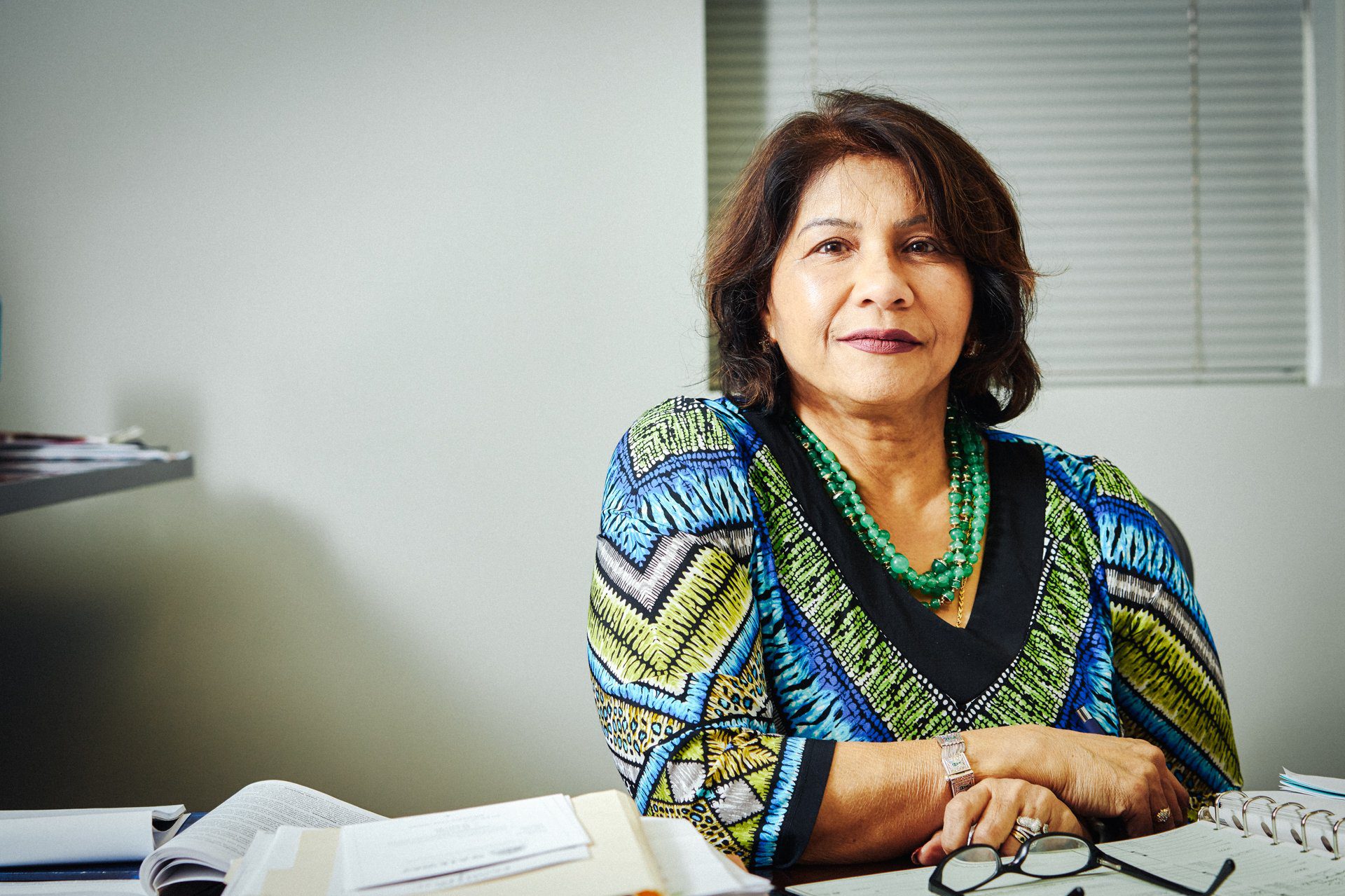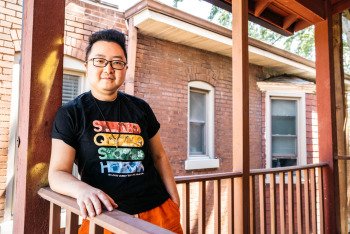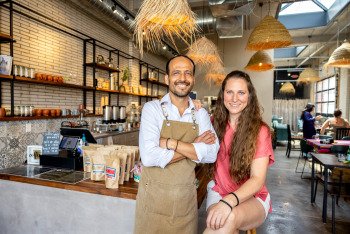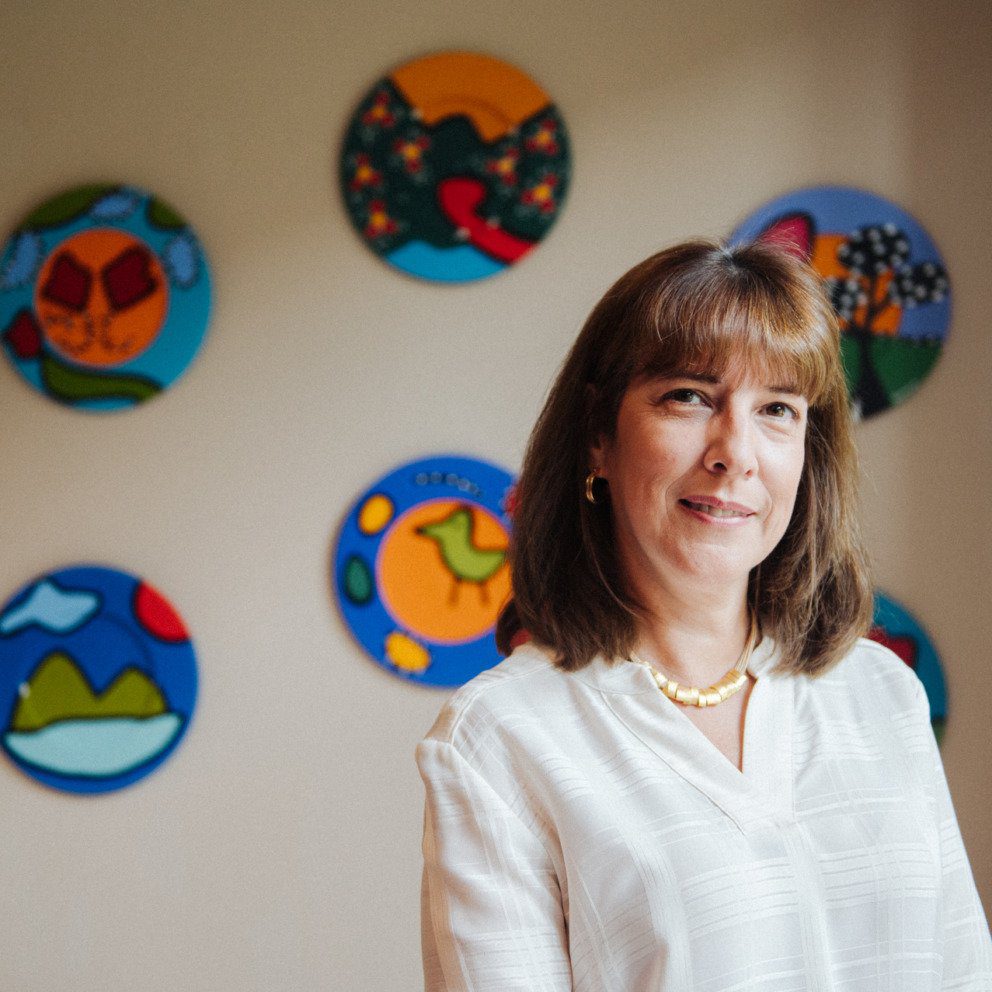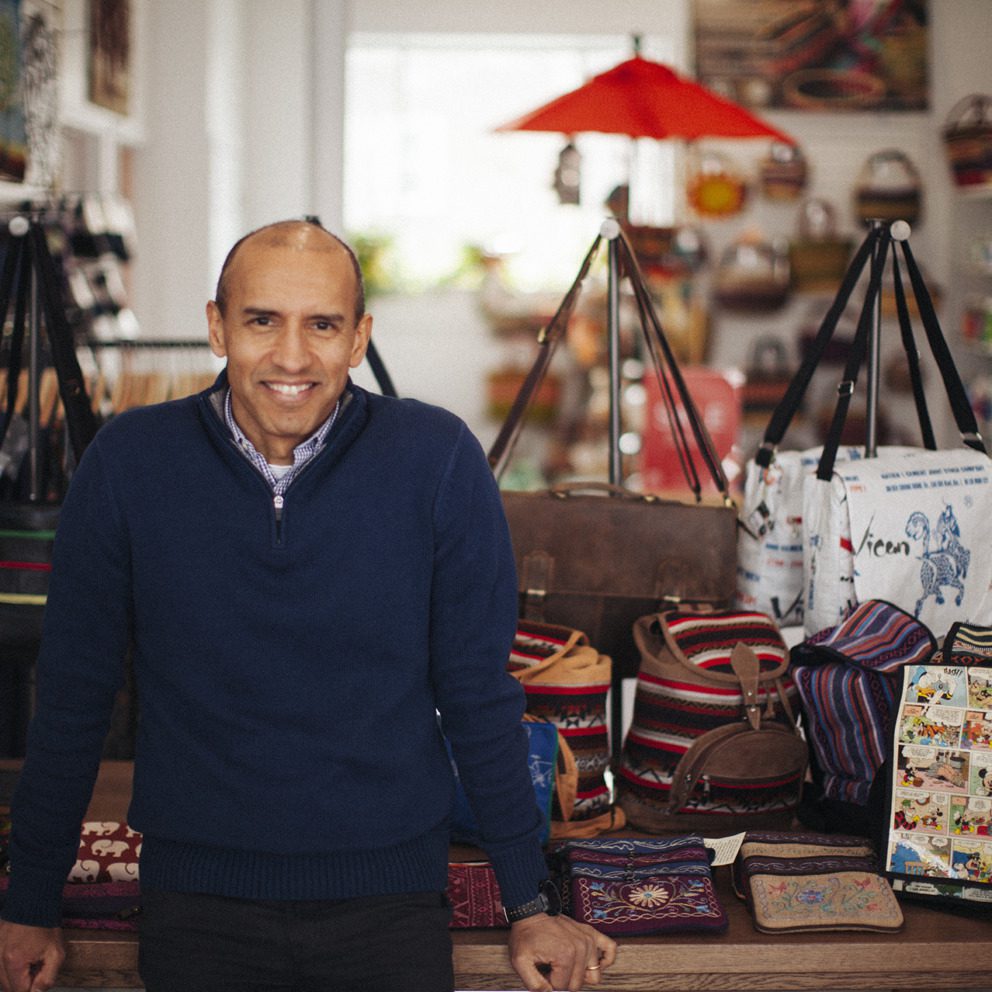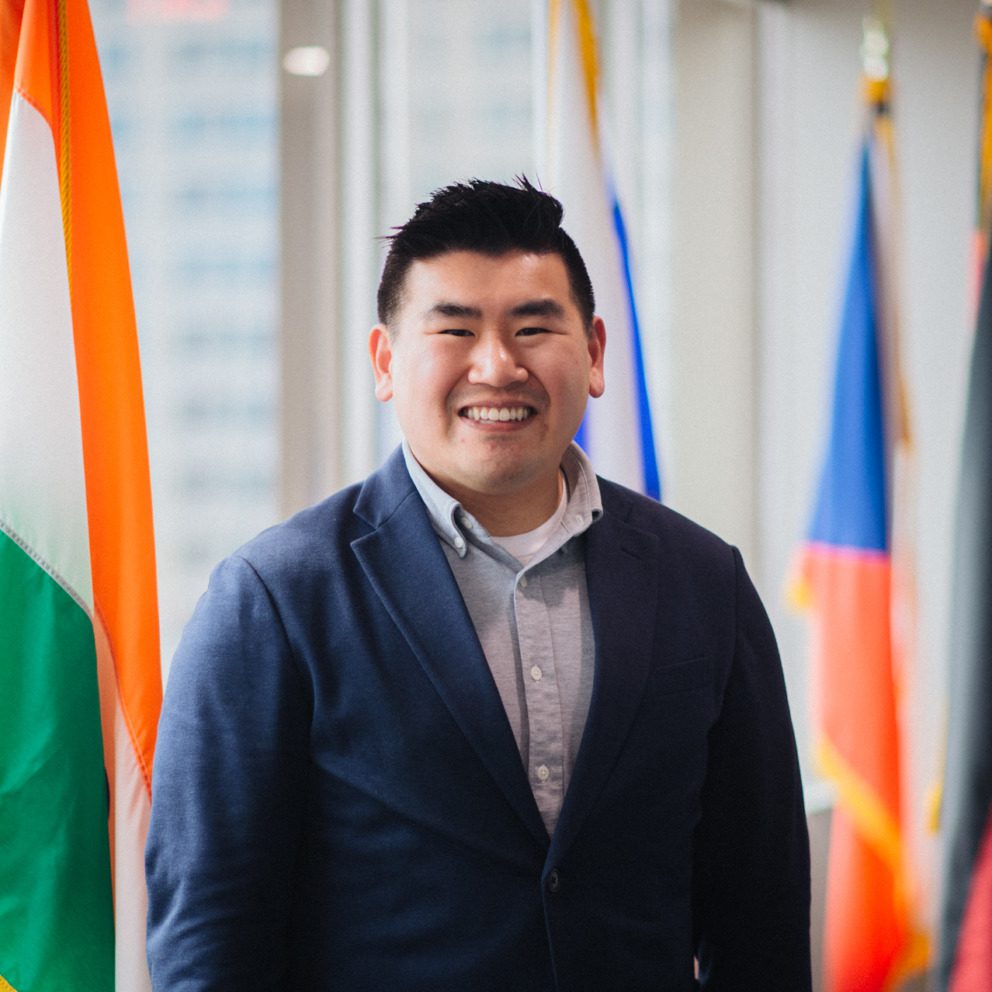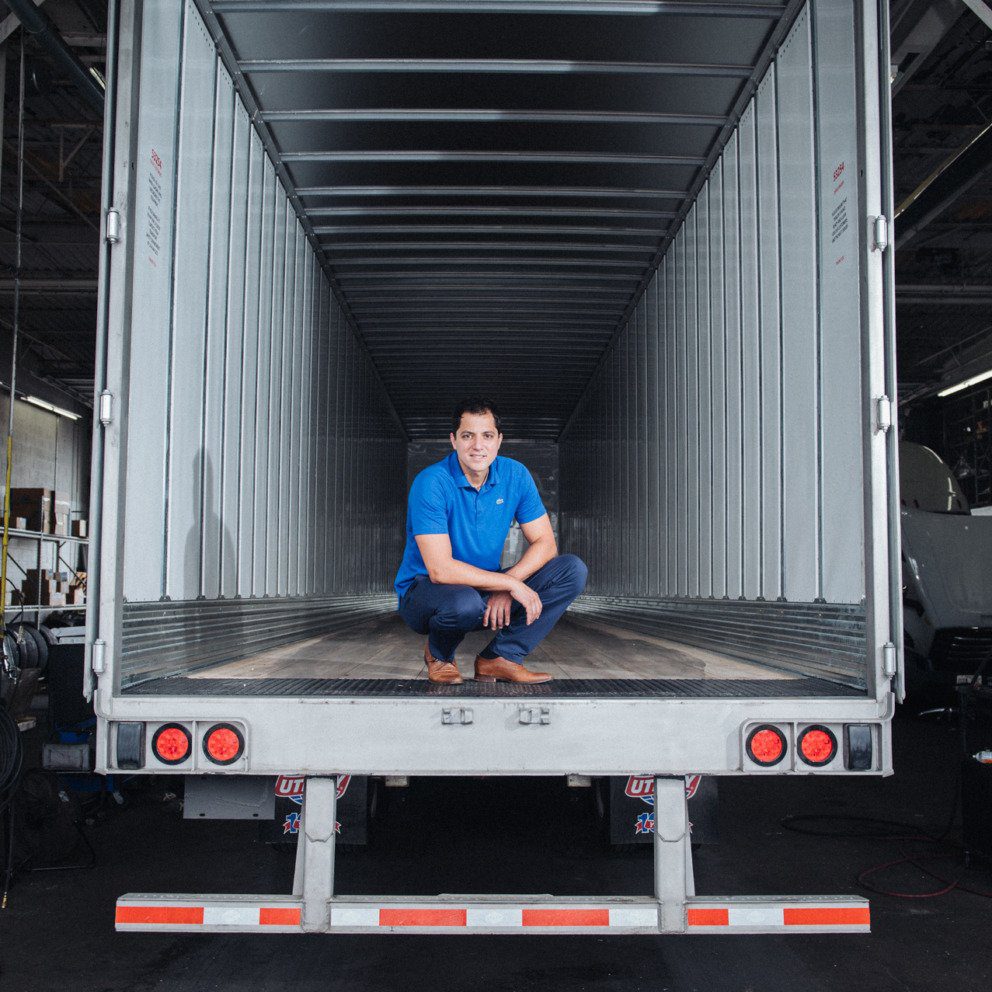A World of Knowledge
Attorney Nalini Mahadevan is helping St. Louis corporations attract and retain top international talent for the region's growing industries.
St. Louis increasingly is becoming known as a hub for game-changing science, agriculture, engineering and geospatial initiatives. And though thousands of St. Louisans are contributing significantly to STEM (science, technology, engineering and mathematics) fields here, there’s a need to develop an even larger workforce to create solutions for future demands.
Nalini Mahadevan believes that pipeline of trained specialists could develop by retaining the many foreign-born students who study at colleges and universities all around the St. Louis region. And as an attorney who specializes in helping companies and individuals understand and facilitate immigration, she’s on a mission to make that happen.
“Increasingly, there are anecdotally about a million jobs sitting out there for people with some kind of science, technology, engineering or math degree. We are not producing enough of those people,” Mahadevan says. “But the U.S. education system is so well known and so renowned for its excellent academic standards that people want to come and study here, maybe with the idea that they will live in the United States [afterward].”
Immigration is an extremely nuanced field, with regulations and limitations changing from year to year, but Mahadevan, who founded MLO Law in Clayton after moving to St. Louis from Mumbai, India, shows corporate leaders and human resources teams that the paths to recruiting and sponsoring specialized international talent aren’t as daunting as they might imagine — especially if companies focus on exceptional international students who are preparing to graduate from area universities.
“Basically, we work on the civil side. That means we work with people who are here, who have entered the country legally but are looking for a path to citizenship, whether it’s either through family or through employment,” Mahadevan says. “A typical case would be an employer contacts me and they say, ‘Hey, I’ve identified a student at the university whom we’d like to employ.’”
“Then we’ll walk them through how that student could work for that employer, maybe on optional practical training or curricular practical training, which is during the school year or after they graduate,” she continues. “They work for the employer, then the employer sponsors them for a work visa, which is generally the H-1B visa, and then we guide them through that.”
Mahadevan says that after recruiting a student for an internship or post-graduate practicum work, the employer can sponsor a series of visas to keep that person employed as they continue their path to citizenship. The ultimate goal is to retain that employee here in St. Louis and further invest in developing the specialized knowledge that they already offer.
“A lot of my clients are in St. Louis. It ranges from biologists, architects, all the computer engineers, data scientists,” Mahadevan says. “I think the thing with St. Louis is it [recruiting international talent] brings a kind of vibrancy into the city. When you meet different kinds of people, your perspectives broaden. It’s like, you don’t have to travel to another city to understand other cultures and what they bring into it.”
Mahadevan says that health and medical fields in St. Louis particularly need fast-growing, specialized workforces to meet future challenges.
“We are a city with a huge healthcare industry and lots of universities. If you walk through the hallways of all these universities, you’ll see lots of immigrant names on those doors. That happened for a reason,” Mahadevan says. “If you walk through our healthcare system, from doctors to nurses, we have shortage of everything. We have a shortage of geriatric doctors. Our U.S. population is aging, that’s a whole new different challenge, and we don’t have enough of those.”
And while some corporations seek to recruit international employees who aren’t students, the university pipeline sets up a path that often is easier for both the company and for the student to navigate. Because of this, Mahadevan says, more St. Louis colleges and universities are developing programs that help international students define their career goals, think through future visa needs and match local companies with exceptional international students in certain fields, particularly STEM. She’s been working with a number of area schools on such initiatives.
“That’s been one of our pushes, just to educate students about what their path forward is. Either you take an academic path or you take an employment path, and then what do you need? How do you navigate that? Because it’s becoming more and more complex, and timing is becoming very important,” Mahadevan says. “You can’t wake up in March and say, ‘Okay, I want to apply for an H-1B.’ It’s not going to happen. If you wait too long, you’ll miss the window.”
As more St. Louis corporations hire foreign-born talent, they’re trying to create an environment in which those employees feel supported and can thrive. That benefits the company as well as the St. Louis region, Mahadevan says.
“Every immigrant generally wants to buy a house, wants to send children to the right schools, their spouse wants a job here. Then they’re paying state and local taxes, U.S. taxes and real estate property taxes,” Mahadevan says. “They’re shopping locally, they’re buying not one car but two cars, they are buying all their major appliances. They have a bank account, they’re investing in the economy, buying stocks, their retirement is here. They have credit card debt, they have mortgages.”
“That’s huge for St. Louis” she says. “The multiplier effect from one person being employed here in a good job is enormous to the local, state and federal government.”
Mahadevan knows that firsthand as an attorney who entered the United States to earn an MBA from Washington University and later obtained her J.D. from Saint Louis University. Now fully settled into St. Louis life for three decades with her family and her law firm, she’s watched other immigrants put down roots and shape the region for the better.
“I can just go down Grand Boulevard and eat from totally different countries. That was not a scene that happened 20 years ago, even 15 years ago. And St. Louis is becoming more and more of a place that young people want to come back to,” she says.
“Plus every big Fortune 500 company you could think of is now run by an immigrant from somewhere. Google, Microsoft — everybody came here from somewhere, right?”
Join the Story
- Learn more about how MLO Law helps companies court international talent.
- See which local companies are Mosaic Ambassador Companies through the St. Louis Mosaic Project.
- Find resources for foreign-born residents at the International Institute of St. Louis.
- Read how Susan Gobbo is offering immigrant women a supportive network of friends.
